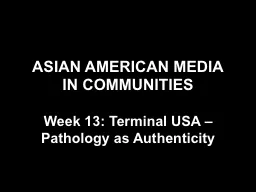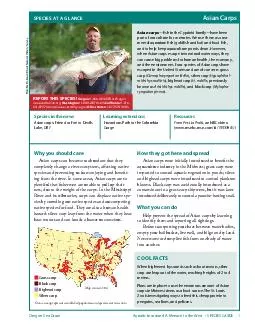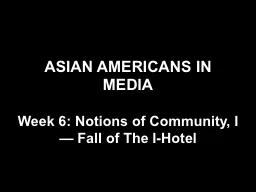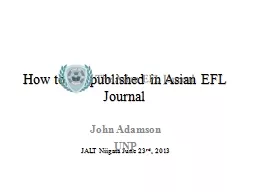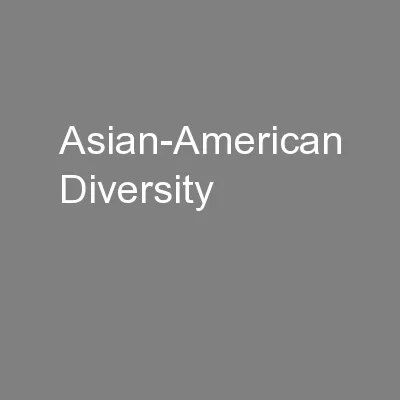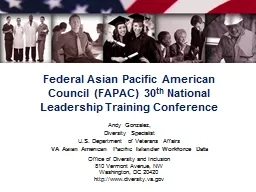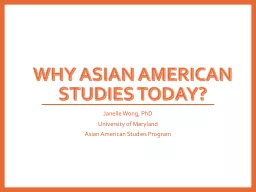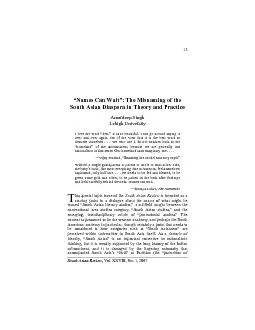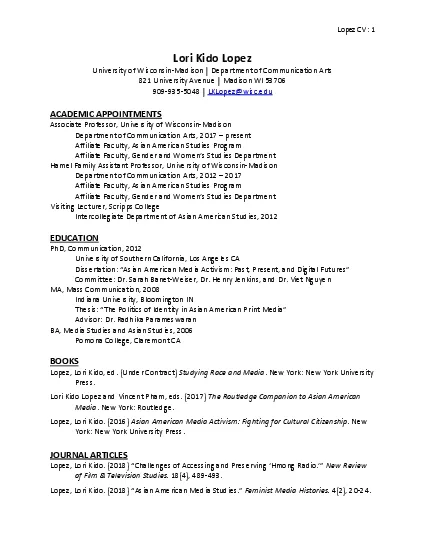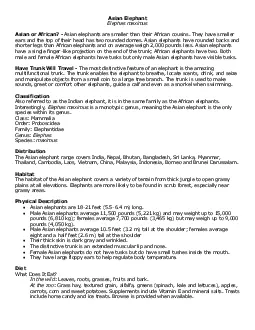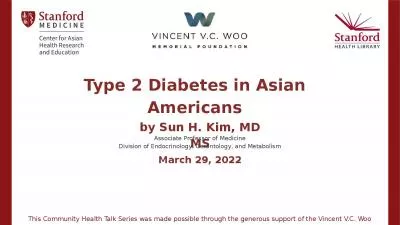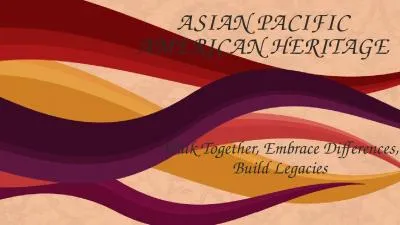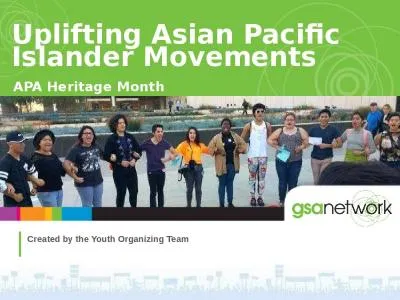PPT-ASIAN AMERICAN MEDIA
Author : yoshiko-marsland | Published Date : 2017-06-12
IN COMMUNITIES Week 13 Terminal USA Pathology as Authenticity Topics ITVS Independent Television Services Positive vs negative images Authenticity Satire camp parody
Presentation Embed Code
Download Presentation
Download Presentation The PPT/PDF document "ASIAN AMERICAN MEDIA" is the property of its rightful owner. Permission is granted to download and print the materials on this website for personal, non-commercial use only, and to display it on your personal computer provided you do not modify the materials and that you retain all copyright notices contained in the materials. By downloading content from our website, you accept the terms of this agreement.
ASIAN AMERICAN MEDIA: Transcript
Download Rules Of Document
"ASIAN AMERICAN MEDIA"The content belongs to its owner. You may download and print it for personal use, without modification, and keep all copyright notices. By downloading, you agree to these terms.
Related Documents

